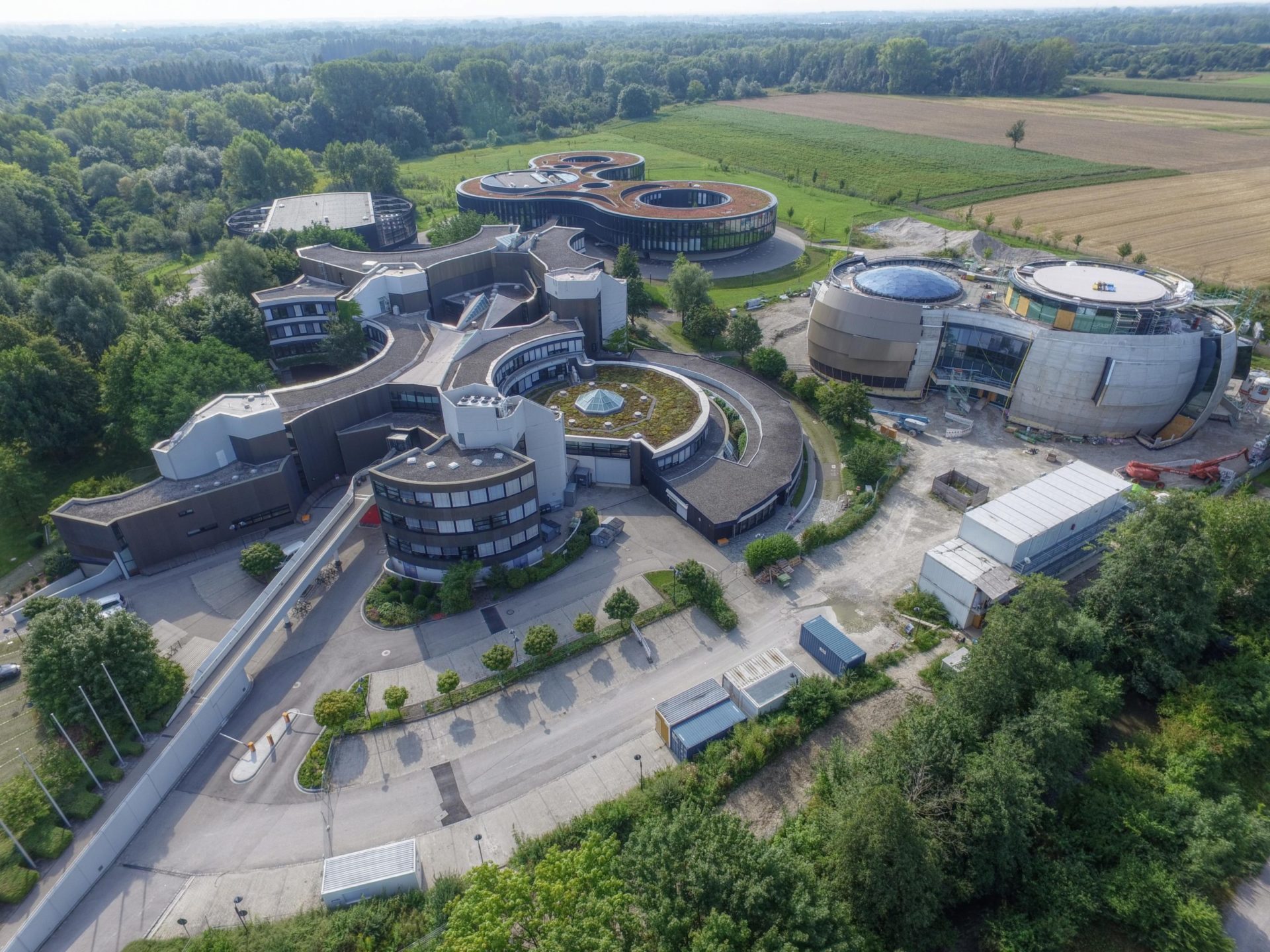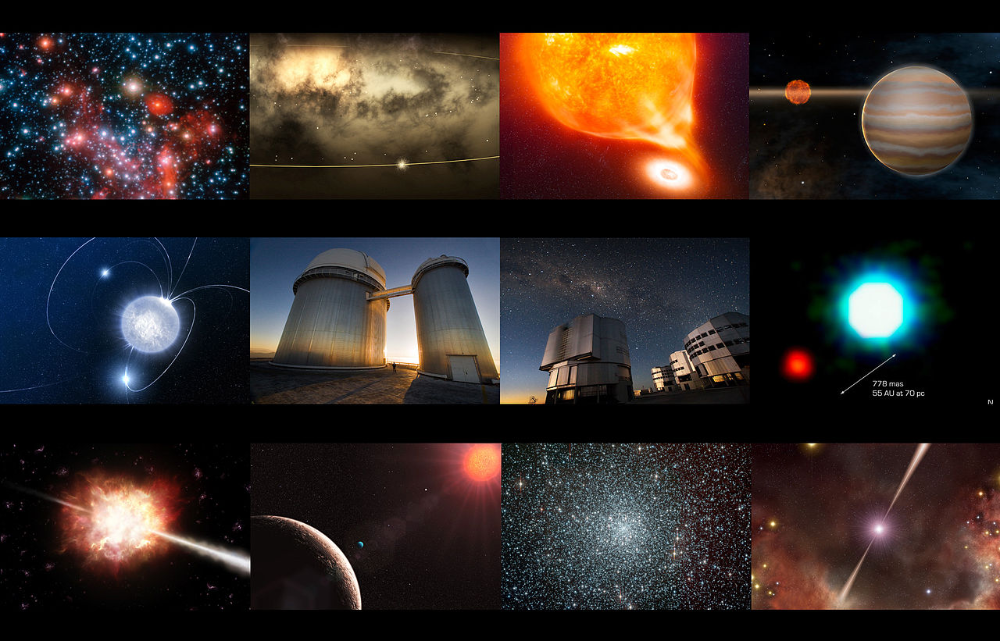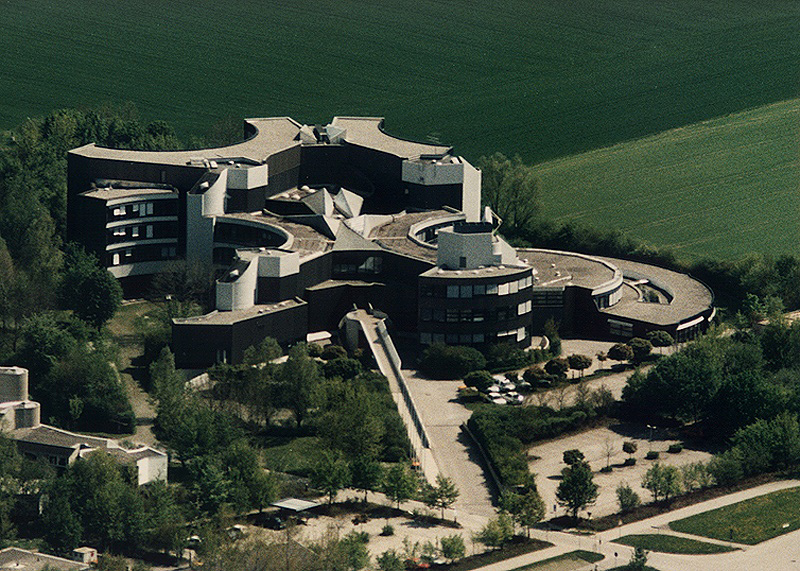The European Organisation for Astronomical Research in the Southern Hemisphere, commonly referred to as the European Southern Observatory (ESO), is a 16-nation intergovernmental research organisation for ground-based astronomy.
 Created in 1962, ESO has provided astronomers with state-of-the-art research facilities and access to the southern sky. The organisation employs about 730 staff members and receives annual member state contributions of approximately €162 million. Its observatories are located in northern Chile.
Created in 1962, ESO has provided astronomers with state-of-the-art research facilities and access to the southern sky. The organisation employs about 730 staff members and receives annual member state contributions of approximately €162 million. Its observatories are located in northern Chile.

ESO has built and operated some of the largest and most technologically advanced telescopes. These include the 3.6 m New Technology Telescope, an early pioneer in the use of active optics, and the Very Large Telescope (VLT), which consists of four individual 8.2 m telescopes and four smaller auxiliary telescopes which can all work together or separately.
 The Atacama Large Millimeter Array observes the universe in the millimetre and submillimetre wavelength ranges, and is the world’s largest ground-based astronomy project to date. It was completed in March 2013 in an international collaboration by Europe (represented by ESO), North America, East Asia and Chile.
The Atacama Large Millimeter Array observes the universe in the millimetre and submillimetre wavelength ranges, and is the world’s largest ground-based astronomy project to date. It was completed in March 2013 in an international collaboration by Europe (represented by ESO), North America, East Asia and Chile.
ESO’s observing facilities have made astronomical discoveries and produced several astronomical catalogues. Its findings include the discovery of the most distant gamma-ray burst and evidence for a black hole at the centre of the Milky Way.












